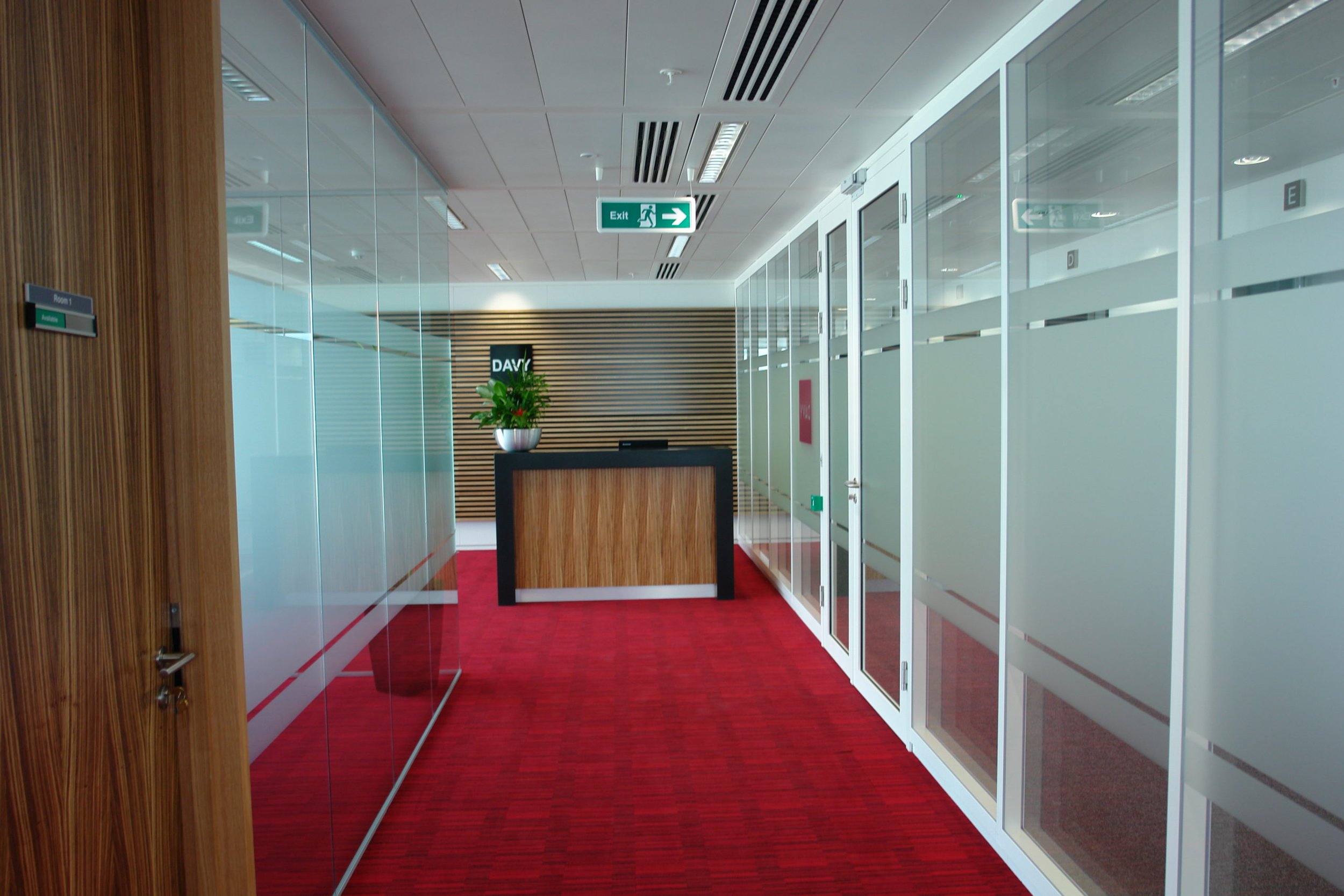Getting Your Workforce Back To The Office
Despite the almost constant state of change we are facing at the moment, there are some green shoots starting to show as the relaxing of some restrictions mean businesses can start to get back to some degree of normality.
Across the UK, business leaders are starting to contemplate inviting their employees back into the workspace – but after nearly 4 months of working from home what is the best way to approach this process?
Morre Interiors have helped many businesses design and refit their workspaces with employee’s wellbeing at the heart of their thought process so we are well placed to offer some advice. We believe there should be 3 stages to the process:
Consideration
Implementation
Review
Consideration
There are 2 sides to this part of the process – the emotive and the functional. Business leaders should start with a detailed consultation with their workforce – they have been trusted to perform in a remote environment for many months now and the potential return to the office and all that it entails needs careful handling.
On the emotive side, business leaders should take in to account the potential nervousness of their staff with regard to the continuing state of the pandemic. How do they feel about their commute? Are they nervous about being back in an office environment? What have they been through in the last 4 months? These are all questions that should be asked in order to gauge their state of mind as well as their expectations in terms of what you will provide to keep them safe.
The functional side is important as well – the return to the commute, longer days and additional expense. What about childcare arrangements now we are in the middle of school holidays – going back to the office will mean a lot of changes that should be understood and taken into account.
On the flip side, you should also start to consider the people who are desperate to get back to the office – home working doesn’t work for everybody and believe it or not some people crave the office environment.
This can be approached through a detailed questionnaire that all employees are obliged to complete and the results should paint an accurate picture of the state of mind of the workforce as well as highlight key areas to consider.





Implementation
Once you have an understanding of people’s feelings towards the return to the office then implementation can start to take place. It is important to look at all the potential options available to leaders as a quick return to pre Covid working practices is both unlikely and impractical in most cases.
It maybe that certain roles within the organisation will continue to work remotely as that will help with spacing in the workplace and help motivate individuals. “Do I really need to be in the office at 8.30am for that weekly sales meeting? We haven’t done that for 4 months and the sales figures have managed to hold up.”
Can some teams or functions split their time between home and office? Again this will help with spacing and may work better for some people in the short term but the main point is to look at all the options – don’t just implement what worked before – a lot has changed since then.
In terms of workforce safety there are a numbers areas that must be taken into consideration and you will need to communicate them to your workforce to make feel comfortable and confident when they do come back in to the office.
Spacing – number of people in any given space
Arrival and exit times – manage the flow of people
Communal areas – keeping them clean and uncrowded
Meetings – managing the number of people sitting together for a period of time
Face mask policy – what do you feel it should be in a confined indoor space
The other area of implementation to consider is how you plan to “welcome” your workforce back into the workplace. What state is the office actually in after 4 months? If it was looking a bit scruffy before you can guarantee it’s not looking any better now.
Inside, a deep clean is essential but also look at what “nice” touches you can add to make the transition a bit more bearable. New office furniture that works with the new spacing? Getting any outside spaces looking good for the summer? Some nice treats for the teams when they come back in – cakes, coffees etc? All this can really demonstrate that you have thought this through and are committed to making this change as comfortable and safe as possible.
Review
Remember, this is new to everybody and there is no guarantee we will get it right first time especially as we are dealing with human emotions – never easy.
Take time out to review what you have put in place – examine how any physical changes you have made are working and react to anything that is not quite right.
Give your workforce the platform and the opportunity to air their thoughts on what you have proposed – ask them their opinions and consult with them regularly. As we said, this is new to everybody and your staff may have better ideas than you do. Encourage them to challenge your thoughts and ideas – after all they are key to your business and in order to get back to “normal” you need them firmly on your side.
We would be more than happy to help businesses with all areas of their return to work plan – contact John Morrell on jmorrell@morre.co.uk with any questions.


